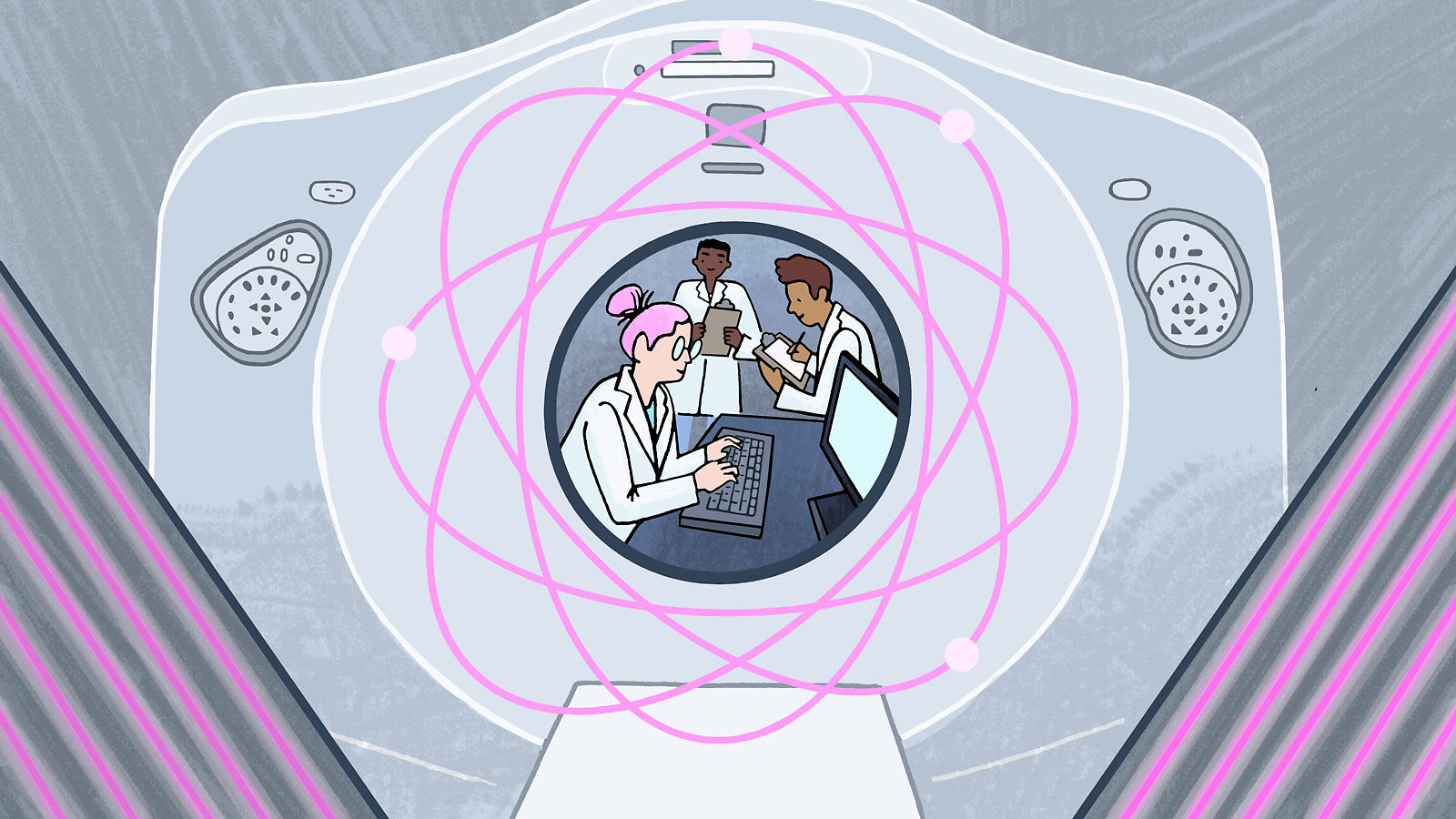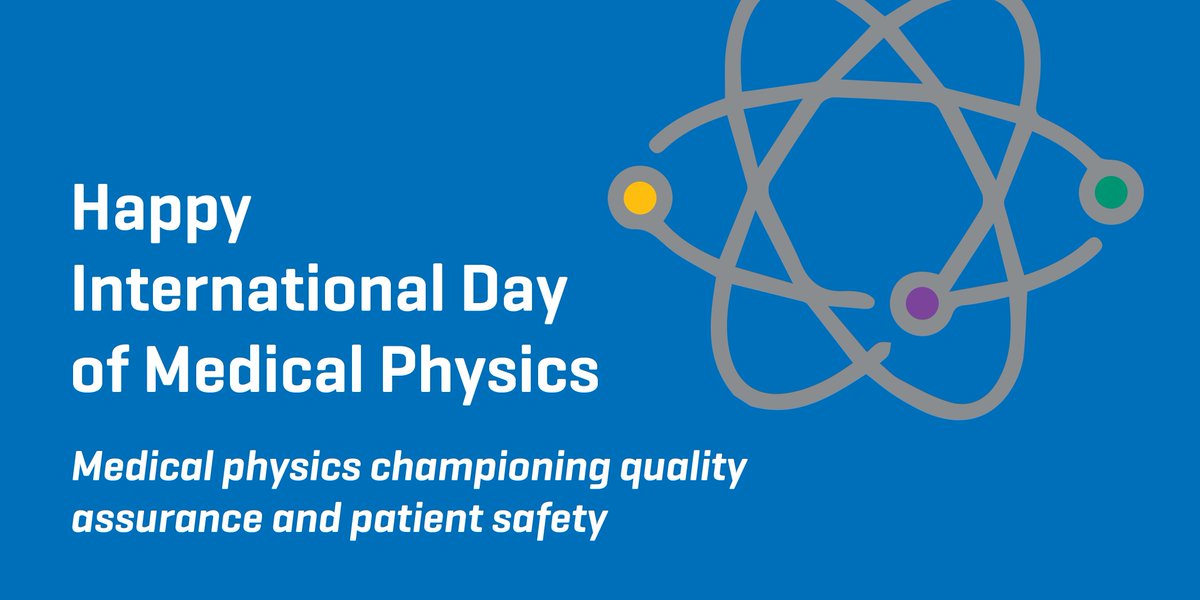By Maria Papagiannopoulou,
The International Day of Medical Physics, observed annually on November 7, promotes awareness of the contribution that physics makes to patient care. Additionally, it is a day to honour influential medical physicists throughout history.
The science of physics examines matter, motion, and energy. It is regarded as one of the most basic scientific fields. Physics’ primary objective is to understand how the universe functions. Physics education is incredibly advantageous to people. Physics teaches us how gravity, electricity, sound, inertia, and heat operate. Another field where physics helps people is medicine. Biomedical physics or applied physics in medicine are other names for the application of medicine in physics.

Radiology and nuclear medicine are two fields in which physics has a significant medical advantage. Important diagnostic procedures like MRIs, CT scans, X-rays, and ultrasounds are available in each of these fields of medicine. These sorts of examinations enable internal body views, which are crucial for accurate diagnosis. Another crucial area is radiation therapy, which aids in the treatment of cancer.
Other branches of medicine have benefited from medical physics’ contributions to study, testing, and therapy. Cardiology, neurophysiology, audiology, and physiological monitoring are some of these fields.
With the express purpose of enhancing human health and well-being, medical physics is the application of physics ideas and techniques to the avoidance, detection, and treatment of human disorders. According to the International Labour Organization’s International Standard Classification of Occupations, medical physics has been classified as a health profession since 2008.
However, a “medical physicist” is specifically a health professional with specialised education and training in the concepts and techniques of applying physics in medicine and competent to practise independently in one or more of the subfields of medical physics. Medical physics may also occasionally be referred to as biomedical physics, medical biophysics, applied physics in medicine, physics applications in medical science, radiological physics, or hospital radio physics.
Radiation oncology (also known as radiotherapy or radiation therapy), diagnostic and interventional radiology (also known as medical imaging), nuclear medicine, and radiation protection are the traditional areas of practice for medical physicists. Dosimetry, linac quality control, and brachytherapy are a few examples of tasks that fall under the medical physics of radiation treatment. Medical imaging methods used in diagnostic and interventional radiology include x-ray, computed tomography, ultrasound, and magnetic resonance imaging. Positron emission tomography and radionuclide therapy are two examples of nuclear medicine. Physiological monitoring, audiology, neurology, neurophysiology, cardiology, and other fields also use medical physicists.

Universities, hospitals, and research facilities all have medical physics departments. Two sorts of university departments exist. The first kind primarily focuses on educating students for careers as hospital medical physicists, while research aims to advance the field’s application. The second category, which is increasingly referred to as “biomedical physics,” has a considerably broader focus and may cover research in any physics-related medical applications, such as examining biomolecular structure and microscopy and nanomedicine.
Nuclear medicine is a field of medicine that employs radiation to diagnose illnesses or learn more about how a patient’s individual organs work. Imaging technology makes it simple to detect abnormalities in the function of many different organs, including the thyroid, bones, heart, and liver. Radiation sources may occasionally be utilised to treat tumours or sick organs. Radioactive tracers have been used extensively in medicine by five Nobel laureates. 90% of the procedures involving radioisotopes in medicine take place in the more than 10,000 hospitals used worldwide. With almost 30 million diagnostic procedures annually, technetium-99m accounts for 80% of all nuclear medicine operations performed worldwide.
References
- International Day of Medical Physics. bimcal.uk. Available here
- Transitions into Medical Physics. symmetrymagazine.org. Available here




